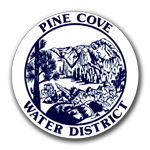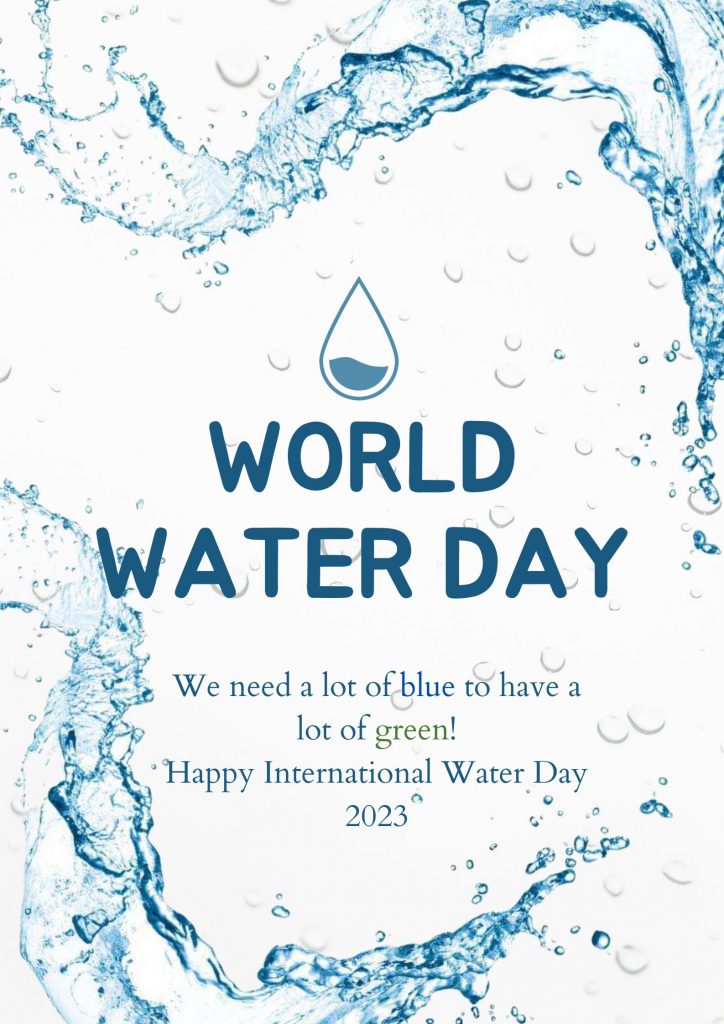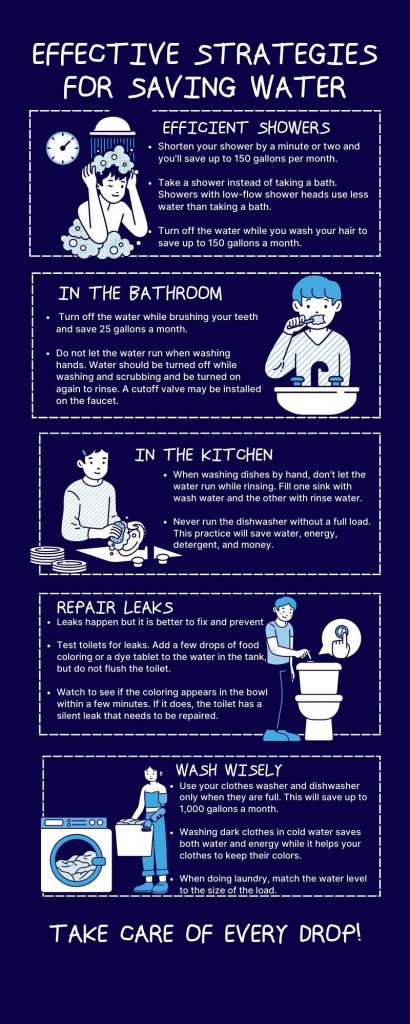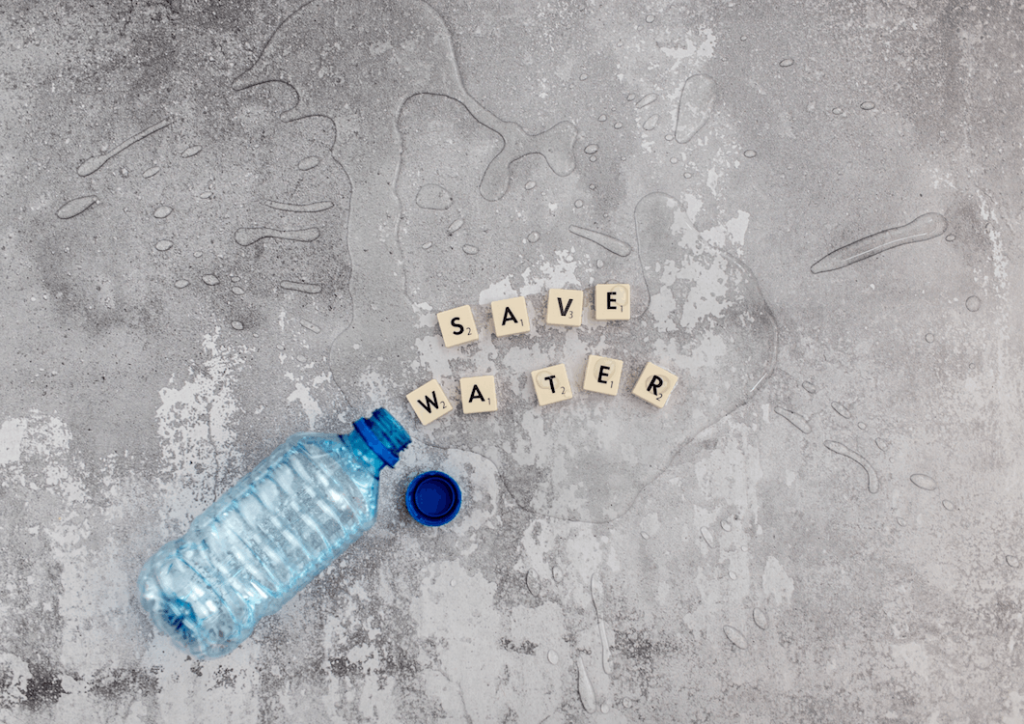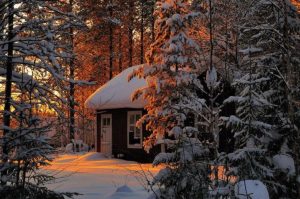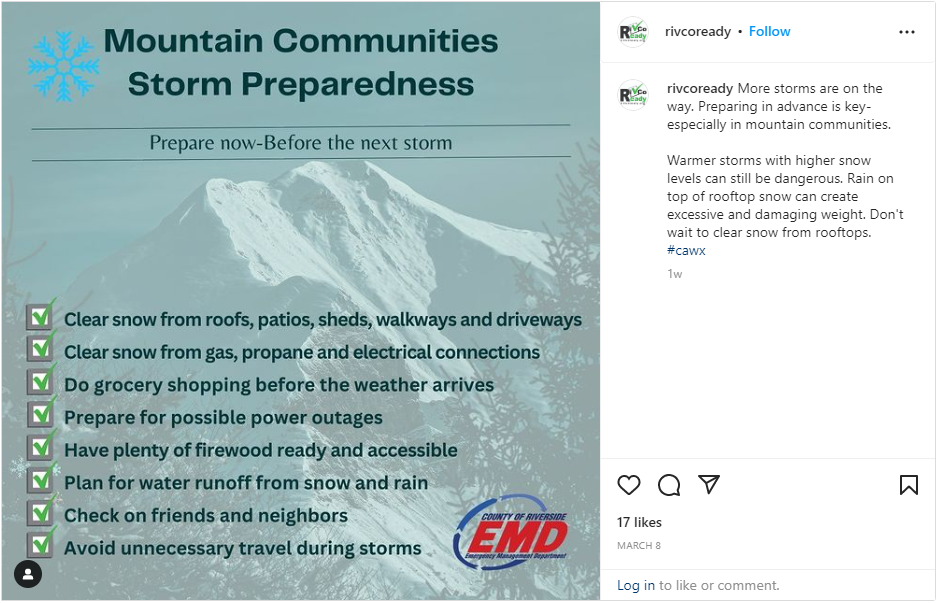Posted by admin on January 24, 2024
The world that we live in today is a world where an ever-increasing population places larger demands on the earth’s finite resources. The manner in which we use these resources, determines the kind of world we leave to our children and future generations.
Water is a precious commodity in southern California. More than 70% of California’s total precipitation falls in the northern half of the state, however, 80% of California’s water demand is in the southern portion of the state. Southern California largely depends on water imported from northern California and from the Colorado River. Both local and imported water sources can be severely affected by drought, and imported water supplies have become increasingly uncertain as a result of demands by other regions. Currently, all mountain communities are facing water shortages that make water conservation increasingly important! Over demands have caused many residents to realize that preservation of our mountain environment and quality of life depends substantially on how we manage our limited water resources.
Conservation must become a way of life!
The situation today is crucial. The quickest, most certain way to begin to save water immediately is to conserve water at home. Less than half the water you use is used inside your home. The rest is used outdoors, mainly watering home landscaping. Most families can reduce water use by simply changing and learning to reduce water waste inside and outside our homes.
Outdoors:
- Scale back and limit landscaping
- Water your lawn only when it needs it (in the morning or late afternoon)
- Reduce or replace lawn areas with spaces like patios and walkways
- Review, repair, and retrofit irrigation systems so they are water efficient and deliver only water that is needed
- Re-landscape with plants that use less water and retrofit or install appropriate irrigation to match
- Pick up wood chips here at Pine Cove Water District; Adding a layer of mulch around trees and plants will help reduce evaporation and keep the soil cool
- Instead of a water hose, use a broom to clean driveways and sidewalks
Indoors:
- Limit your showers. Also, fill the bathtub halfway or less
- Turn off the faucet when you brush your teeth
- Install low-flow shower heads in the bathroom
- Install a water-efficient toilet
- When it’s time to replace appliances, choose a water-efficient dishwasher and washing machine
- Run ONLY full loads in the dishwasher and washing machine
- Fix leaky faucets and toilets as quickly as possible
Posted in: Around the District, Community, Company News, Compost, Conservation, Customer Infomation, Drought, Freebies, From the Office, Garden, Homesteading, Leaks, Mulch, Pine Cove Water District, Rain, Rain Water Harvesting, Re-purposing, The Garden, Uncategorized, Water Conservation, Wood chips
